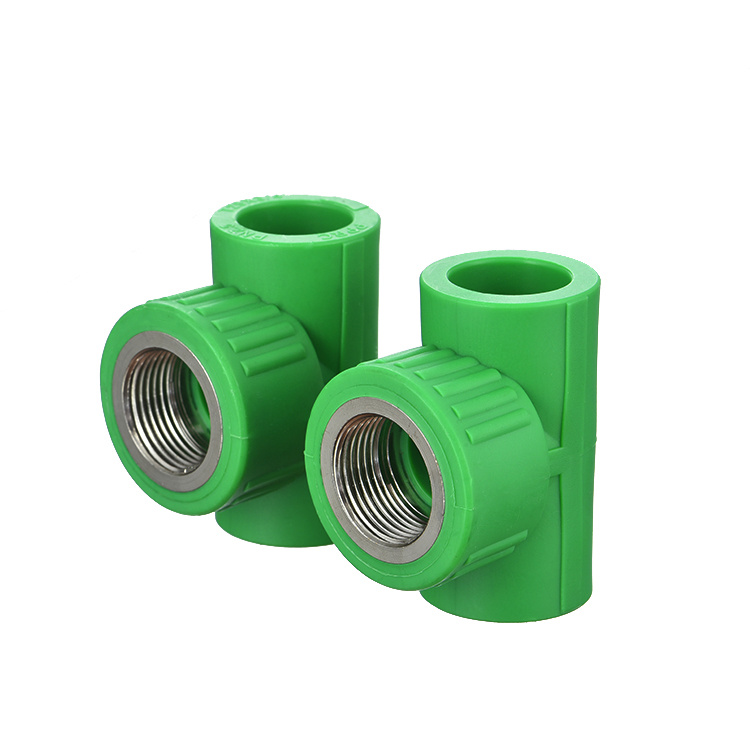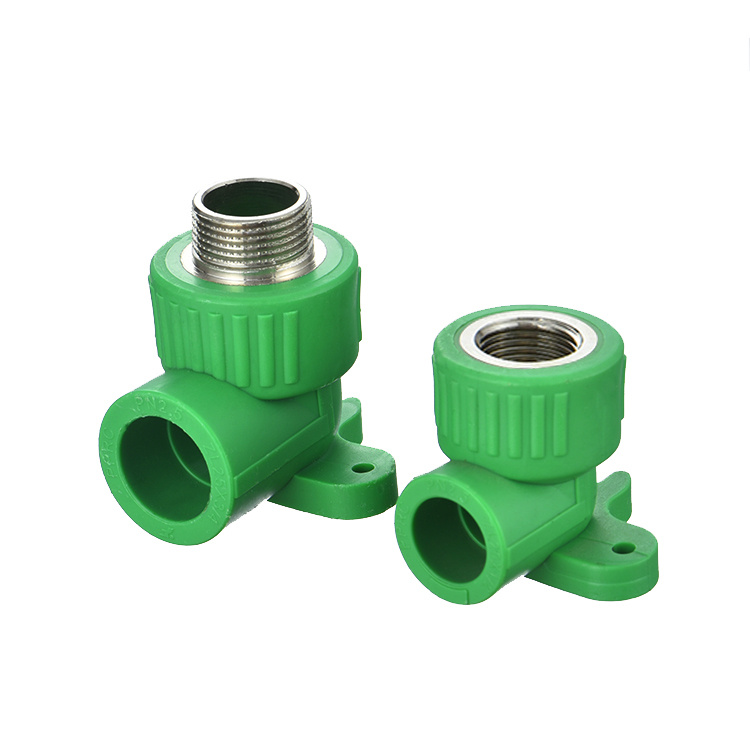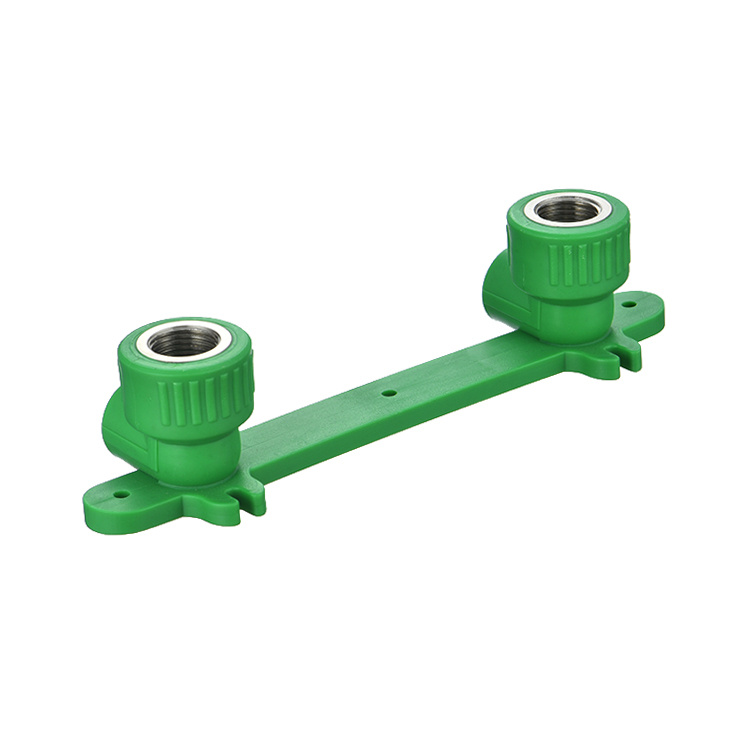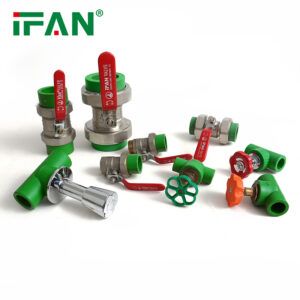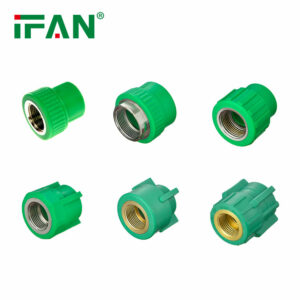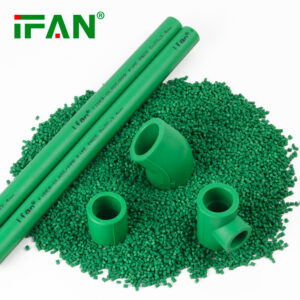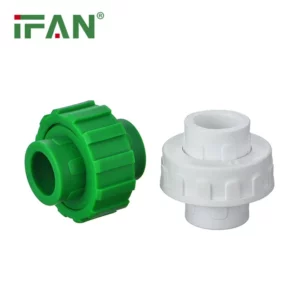Description
IFAN factory 30+ years manufacture experience support color /size customization support free sample.Welcome to consult for catalog and free samples.This is our Facebook Website:www.facebook.com,Click to watch IFAN’s product video.Compared with Tomex products, our IFAN products from quality to price are your best choice, welcome to buy!
PPR fittings, short for Polypropylene Random Copolymer fittings, have gained significant popularity in the plumbing industry due to their reliability, durability, and ease of installation. As a material, PPR offers a variety of advantages over traditional plumbing solutions like copper or PVC pipes. This comprehensive guide will explore PPR fittings, their installation process, benefits, and key applications, providing you with all the essential information you need to understand why PPR is becoming a top choice in plumbing systems.
What Are PPR Fittings?
PPR fittings are made from a thermoplastic polymer called polypropylene. This material is highly resistant to chemicals, heat, and wear, making it an excellent choice for both residential and industrial plumbing systems. PPR pipes and fittings are used to connect various pipe sections, ensuring a leak-free and secure plumbing system. These fittings are available in different shapes and sizes, allowing them to meet a wide range of plumbing needs.
Benefits of Using PPR Fittings
1. Durability and Longevity
One of the main reasons PPR fittings are preferred in plumbing applications is their outstanding durability. PPR fittings are resistant to corrosion, scaling, and chemical degradation. This means they can withstand harsh water conditions, including hot water systems, without breaking down or weakening over time. The lifespan of a properly installed PPR system can exceed 50 years, making it a long-term investment for homeowners and businesses alike.
2. Resistance to High Temperatures
PPR fittings can handle hot water temperatures of up to 95°C (203°F) without compromising their structural integrity. This makes them ideal for use in heating systems, underfloor heating, and hot water supply lines, where other materials like PVC might fail due to heat exposure.
3. Easy Installation
One of the most significant advantages of PPR fittings is their ease of installation. Unlike other pipe materials that require specialized tools or extensive labor, PPR fittings can be easily welded or fused together using heat. This simplifies the installation process, reducing time and labor costs.
4. Cost-Effectiveness
PPR fittings are generally more affordable compared to copper or steel fittings. In addition to the lower upfront cost, their durability reduces the need for frequent repairs and replacements, which makes them a cost-effective long-term solution.
5. Environmentally Friendly
PPR fittings are recyclable, which makes them an environmentally responsible choice. Unlike metals and PVC pipes, which may release harmful substances during their manufacturing process or disposal, PPR pipes and fittings are more sustainable and less harmful to the environment.
Installation of PPR Fittings
Proper installation is key to ensuring the effectiveness and longevity of your PPR system. Here are the basic steps involved in installing PPR fittings:
1. Cutting the Pipe
The first step in installing PPR fittings is to cut the PPR pipe to the required length. You can use a pipe cutter or a hacksaw, but make sure the cut is straight to ensure a secure fit with the fitting.
2. Preparing the Pipe and Fitting
Once the pipe is cut, you’ll need to prepare both the pipe and the fitting for fusion. For this, you can use a pipe heater or fusion machine. Heat the ends of the pipe and the corresponding end of the fitting until the material becomes soft and slightly melted.
3. Joining the Pipe and Fitting
Once the pipe and fitting are heated, quickly push the two parts together to create a secure bond. Hold them in place for a few seconds to allow the material to cool and solidify, ensuring a leak-free connection.
4. Testing for Leaks
After installation, it’s important to test the system for leaks. Turn on the water supply and check all connections to make sure they are secure. If you detect any leaks, reheat the joint and press it together again to achieve a tighter seal.
5. Insulating PPR Pipes
For systems that carry hot water, it’s recommended to insulate the PPR pipes to reduce heat loss and improve energy efficiency. Insulation also helps prevent the pipes from expanding and contracting due to temperature changes.
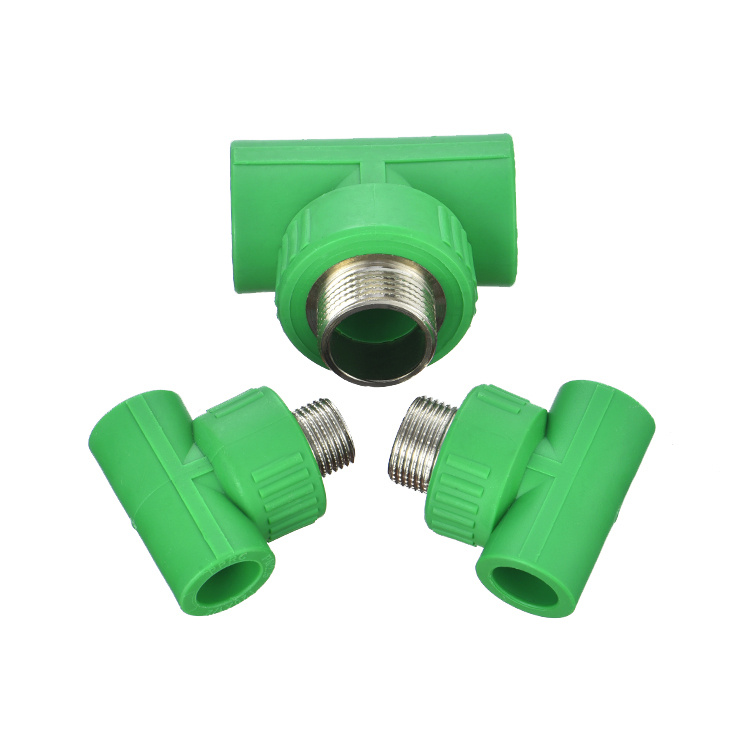
Applications of PPR Fittings
PPR fittings are used in a wide variety of plumbing applications. Some of the most common include:
1. Residential Plumbing Systems
PPR fittings are commonly used for water supply systems in homes. They are ideal for both hot and cold water lines due to their high-temperature resistance and durability. Additionally, their ease of installation and affordability make them a popular choice for DIY homeowners and professional plumbers alike.
2. Industrial and Commercial Plumbing
In commercial and industrial settings, PPR fittings are used in systems that require durable, long-lasting pipes and fittings. This includes water supply systems in factories, hotels, hospitals, and office buildings. PPR fittings are especially useful in systems that handle hot water or chemicals, as they are resistant to corrosion and chemical reactions.
3. Underfloor Heating Systems
PPR fittings are widely used in underfloor heating systems, as they can effectively carry hot water throughout the floor heating loops without risk of degradation due to heat exposure.
4. Irrigation Systems
For agricultural applications, PPR fittings are often used in irrigation systems because they can withstand the harsh conditions of outdoor environments while maintaining long-term durability.
5. Swimming Pools and Spa Systems
PPR fittings are used in pool and spa plumbing systems, especially for heating and circulating water. Their high resistance to both high temperatures and chemicals makes them perfect for pool environments.
Why Choose PPR Fittings?
Choosing PPR fittings for your plumbing system means opting for a solution that is reliable, efficient, and cost-effective. Their superior resistance to high temperatures, chemicals, and corrosion, combined with the ease of installation, makes them the ideal choice for a wide range of plumbing applications. Whether you are installing a new system or replacing old pipes, PPR fittings offer a modern and sustainable alternative to traditional materials.
Frequently Asked Questions (FAQ)
1. Can PPR fittings be used for gas lines?
PPR fittings are not recommended for gas lines, as they are primarily designed for water systems. For gas lines, other materials such as steel or copper should be used to ensure safety and compliance with building codes.
2. How long do PPR fittings last?
When properly installed and maintained, PPR fittings can last up to 50 years or more, making them a long-lasting solution for plumbing systems.
3. Are PPR fittings safe for drinking water?
Yes, PPR fittings are safe for drinking water and are often used in residential and commercial water supply systems. They do not leach harmful chemicals into the water, ensuring safe consumption.
4. Can PPR fittings be installed by a DIYer?
Yes, PPR fittings are relatively easy to install, even for DIYers. However, it’s important to follow proper installation procedures and use the correct tools to ensure a secure and leak-free connection.
5. How do you repair a PPR fitting if it leaks?
If a PPR fitting leaks, it’s usually necessary to cut out the affected section of the pipe and replace the fitting. To prevent leaks, ensure the joints are properly fused and use appropriate insulation where necessary.
Conclusion
PPR fittings are a versatile, cost-effective, and durable solution for a wide range of plumbing needs. Whether you’re installing a residential water supply system, an industrial heating system, or a complex irrigation network, PPR fittings offer the reliability and performance required for long-term success. By following proper installation procedures and maintenance practices, you can ensure that your PPR plumbing system will serve you well for many years to come.
Related products
-
PPR Fittings
PPR Material Pipe Fittings
-
PPR Fittings
PPR Pipe and Fittings
-
PPR Fittings
What is the PPR Fittings
-
Others
PPR Plastic Union


